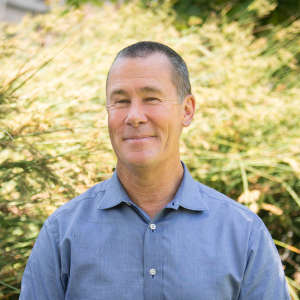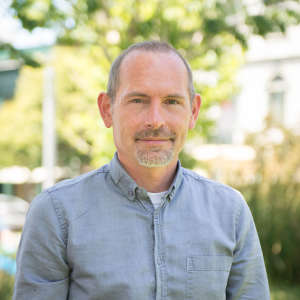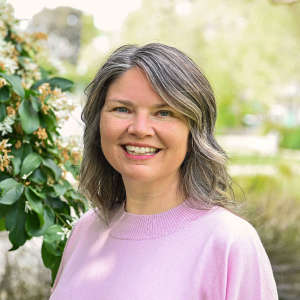

Resilience Planning for Future Generations
Estuary Commons project was developed through the Resilient by Design Bay Area Challenge – a year-long collaborative design challenge to develop innovative community-based solutions to strengthen the Bay Area’s resilience to sea level rise, severe storms, flooding and earthquakes. The All Bay Collective (ABC) team includes AECOM, CMG Landscape Architecture, UC Berkeley College of Environmental Design, and California College of the Arts, in association with the Berkeley Center for New Media, The Terner Center, IDEO, Silvestrum, SKEO, modem, and David Baker Architects. The Estuary Commons is focused on building alliances, design strategies, and decision-making tools that will long outlive the Resilient by Design Bay Area Challenge and help stakeholders collectively manage the Oakland Estuary for the benefit of all. Through the construction of ponds, landforms, and expanded streams, the communities of East Oakland, Alameda, and San Leandro will not only be able to adapt to sea-level rise and groundwater flooding but will also have a network of flourishing greenways to enjoy for generations to come.
For cities to adapt to sea level rise and thrive amid urgent environmental and socioeconomic threats, they must embrace the challenge of living in the edge and adapting in place, instead of retreating. Infrastructure investments must simultaneously protect shorelines, while also contributing to equitable, economically vibrant, and ecologically flourishing communities. Many of the adaptation actions can begin today, building on the inspirational resilience work that local stakeholders and community-based organizations are already leading, adding further momentum to Estuary resilience planning and cross-jurisdictional coordination.

















